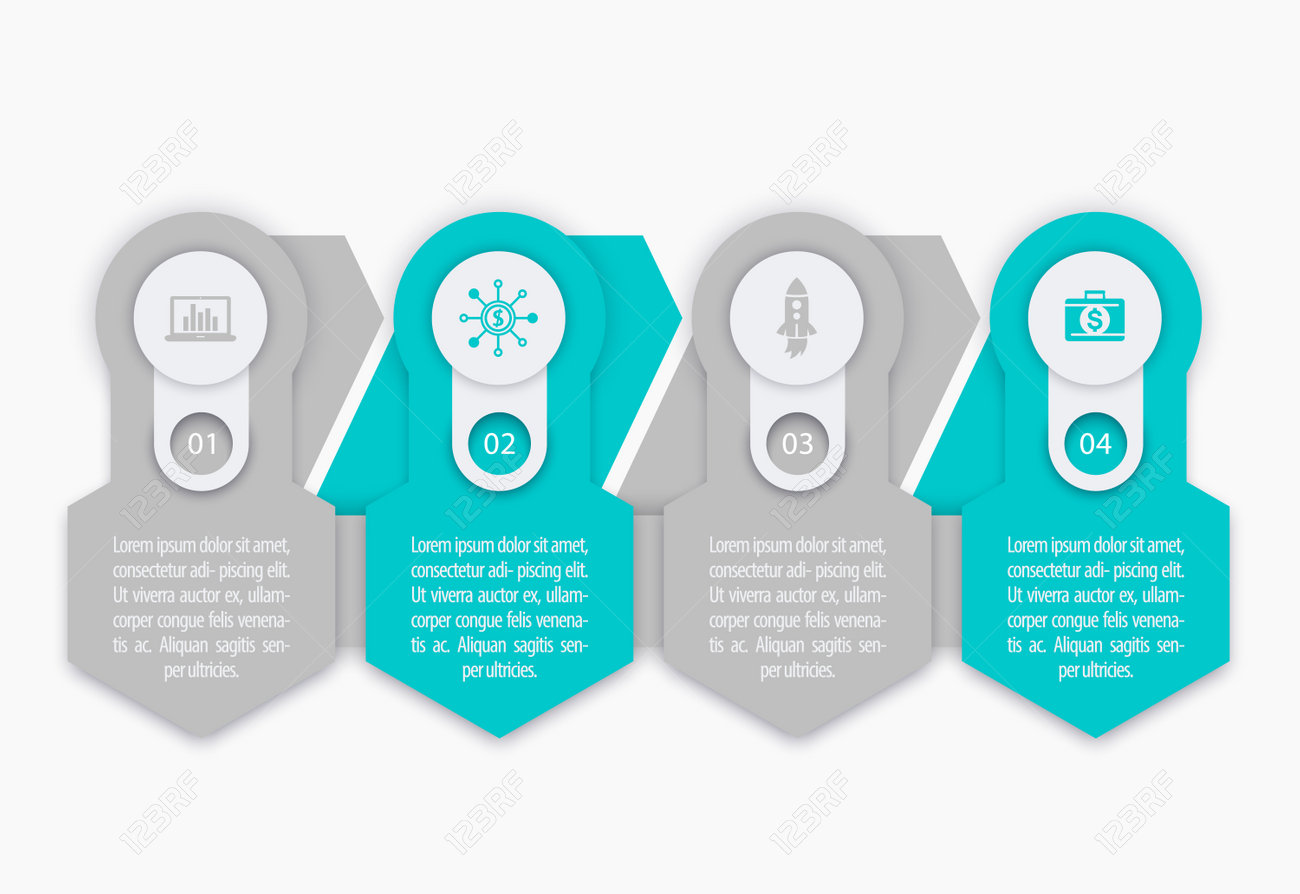How The Staff Member Retention Tax Credit Can Aid Your Organization Cut Costs

Content writer-Wind Boel
Hey there, business owner! Are you aiming to reduce costs as well as conserve your service some money? Well, have you heard of the Staff member Retention Tax Credit Scores?
This little-known tax obligation credit history could be just what your company needs to maintain your workers aboard and also your finances in check. The Employee Retention Tax Obligation Credit Rating (ERTC) was presented by the government as part of the CARES Act in 2020, and it's been expanded through 2021.
The ERTC is a refundable tax obligation credit scores that enables eligible companies to declare up to $5,000 per employee for earnings paid in between March 13, 2020, as well as December 31, 2021. In other words, it's a way for organizations to reduce their payroll taxes while keeping their employees on the payroll.
However exactly how do you know if you're eligible for the ERTC? Let's find out.
Recognizing the Employee Retention Tax Credit Scores
You'll wish to recognize the Employee Retention Tax Credit score to see if it can benefit your organization and save you cash. The credit score was developed as part of the Coronavirus Help, Alleviation, as well as Economic Safety And Security (CARES) Act to offer monetary relief to services influenced by the pandemic.
To be qualified for the credit, your company should have been fully or partially put on hold because of a government order pertaining to COVID-19 or have experienced a significant decrease in gross receipts. The debt amounts to 50% of qualified salaries paid to each staff member, up to an optimum of $5,000 per worker.
This indicates that if you paid a qualified employee $10,000 in qualified salaries, you can receive a credit scores of $5,000. Recognizing the Employee Retention Tax obligation Credit history can help you identify if it's a feasible choice for your service and also potentially save you money on your tax obligations.
Receiving the Employee Retention Tax Obligation Credit History
Prior to diving into the details of qualification standards, let's take a minute to recognize what this debt involves. The Employee Retention Tax Credit Scores (ERTC) is a tax obligation credit score provided to organizations that have actually been influenced by the COVID-19 pandemic. It's made to encourage companies to keep their staff members on pay-roll by supplying a monetary incentive.
ERTC can help services reduce costs by offsetting the cost of staff member wages as well as health care benefits. This debt is offered to services of all dimensions, including charitable companies.
To receive the ERTC, there are specific eligibility standards that companies have to fulfill. Firstly, the business has to have been impacted by the COVID-19 pandemic either via a partial or complete suspension of operations or a decrease in gross invoices. Second of all, business has to have fewer than 500 workers. Services with more than 500 workers can still get the credit history if they satisfy specific criteria.
Last but not least, the business should have paid incomes and health care benefits during the duration it was influenced by the pandemic. Comprehending the qualification requirements is crucial for companies as it can help them figure out if they get approved for the credit score as well as just how much they can assert.
Maximizing Your Benefit from the Worker Retention Tax Obligation Credit Rating
Since you understand the eligibility criteria, allow's study just how to obtain the most out of the Employee Retention Tax Credit report as well as make best use of the monetary advantages for your business. Below are four ways to aid you do just that:
1. Compute your qualified salaries precisely: See to it you're computing the credit history based on the earnings you paid during the eligible duration. This includes any kind of health insurance costs you paid in behalf of your staff members.
2. Take into consideration amending previous pay-roll tax obligation filings: If you really did not capitalize on the tax obligation credit report in the past, you can change prior pay-roll tax obligation filings to assert the credit score and also receive a reimbursement.
3. Utilize https://postheaven.net/yvone6carie/leading-errors-to-prevent-when-applying-for-the-employee-retention-tax-credit : If you're qualified for the credit however would still like to conserve money, think about postponing the deposit as well as repayment of the employer's share of Social Security taxes.
4. Maintain comprehensive documents: It's vital to keep comprehensive documents of the salaries as well as certified health insurance plan costs you paid during the qualified duration to support your credit case. By doing so, you can make sure that you obtain the maximum advantage feasible from the Staff member Retention Tax Credit Scores.
Verdict
Congratulations! You've just learned about the Worker Retention Tax Obligation Debt and also just how it can aid cut expenses for your company.
By comprehending the qualification criteria and maximizing your benefit, you can minimize tax obligations and also keep staff members on pay-roll.
Yet wait, still uncertain concerning just how to apply? Do not stress, seek aid from a tax expert or HR professional to assist you via the process.
Keep in mind, every dollar saved is a buck made. The Employee Retention Tax Credit is a fantastic opportunity to conserve cash while preserving valuable employees.
So what are you waiting on? Act now as well as benefit from this tax debt to sustain your business as well as workers.
Your efforts will not just benefit your profits however likewise add to the growth of the economic climate.

